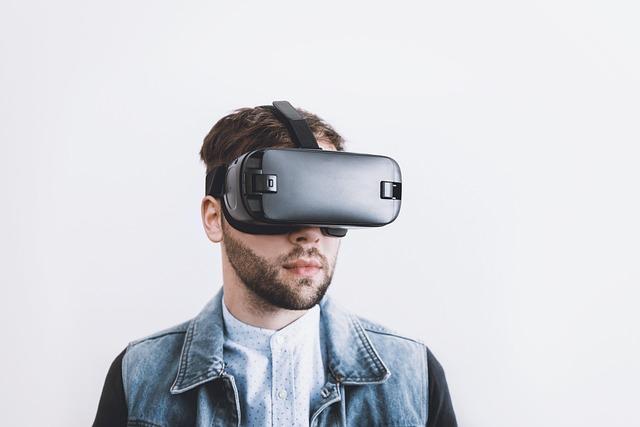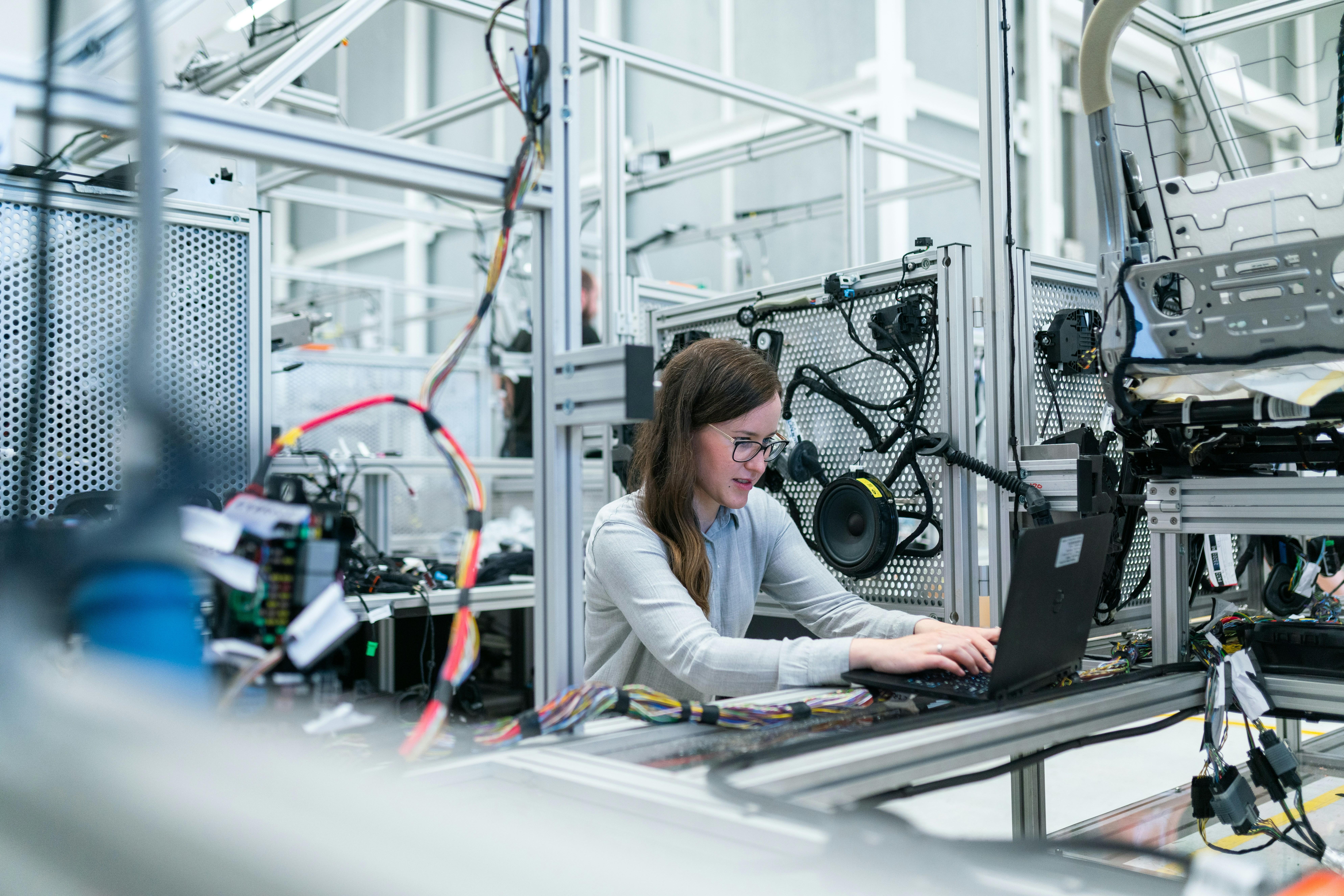In the rapidly evolving landscape of television production, “The Mandalorian” has emerged as a groundbreaking force, redefining the boundaries of visual storytelling. At the heart of its success lies a revolutionary approach to set design: virtual set technology. By seamlessly integrating cutting-edge LED screens with real-time rendering, this Star Wars saga has not only captivated audiences but also set a new standard for industry practices. This article delves into the innovative techniques employed by “The Mandalorian,” examining how its pioneering use of virtual environments has transformed the production process and opened new horizons for filmmakers worldwide.
Revolutionizing Filmmaking: The Mandalorians Virtual Set Breakthrough
The production of The Mandalorian marked a paradigm shift in filmmaking through the innovative use of virtual set technology. By employing a massive, curved LED screen—known as “The Volume”—filmmakers were able to project stunning, photorealistic backgrounds in real-time, eliminating the need for traditional green screens. This technological marvel enabled directors and actors to interact with their environment dynamically, enhancing the authenticity of performances and creating seamless visual storytelling.
- Real-Time Rendering: Powered by the Unreal Engine, this technology allowed for immediate adjustments to lighting and scenery, fostering a more flexible and creative production process.
- Cost Efficiency: By reducing the need for on-location shoots and extensive post-production work, the virtual set approach significantly cut costs and streamlined the filmmaking pipeline.
- Enhanced Creativity: Directors could visualize and experiment with scenes on the fly, pushing the boundaries of what’s possible in cinematic storytelling.
This breakthrough not only transformed how visual narratives are crafted but also set a new industry standard, inspiring future productions to explore the limitless potential of virtual environments.
Behind the Scenes: Unveiling the Technology Powering The Mandalorian
At the heart of The Mandalorian‘s groundbreaking visual experience lies an innovative blend of technology and artistry, revolutionizing traditional filming methods. The series employed a cutting-edge virtual set technology known as StageCraft, developed by Industrial Light & Magic. This technique utilizes a massive LED video wall that displays dynamic backgrounds and landscapes in real-time, enabling actors to perform within fully immersive environments.
- Real-Time Rendering: Powered by the Unreal Engine, the LED screens provide real-time rendering, allowing for immediate adjustments to lighting and scenery.
- Seamless Integration: This technology seamlessly integrates CGI elements with live-action footage, creating a more authentic and cohesive visual narrative.
- Cost Efficiency: By reducing the need for location shoots and extensive post-production work, StageCraft offers significant cost savings.
These advancements not only enhance the storytelling experience but also set a new standard for future productions, blending technological prowess with cinematic creativity.

Maximizing Efficiency: How Virtual Sets Streamline Production
Incorporating virtual sets into production has redefined the efficiency landscape, particularly demonstrated by “The Mandalorian.” By leveraging cutting-edge technology, filmmakers can now create expansive worlds without the need for extensive physical sets or location shoots. This not only reduces logistical challenges but also significantly cuts down on time and costs. The innovative use of LED screens to render dynamic backgrounds in real-time allows for immediate adjustments and scene optimization. This results in a more flexible and responsive filming process.
Benefits of Virtual Sets in Production:
- Cost-Effectiveness: Reduces expenses associated with set construction and travel.
- Time Efficiency: Minimizes the time spent on location scouting and set changes.
- Creative Flexibility: Offers directors and cinematographers the ability to visualize and alter environments instantly.
- Consistency: Ensures continuity in lighting and setting, regardless of external conditions.
The strategic implementation of these technologies not only streamlines production but also elevates storytelling possibilities, setting a new standard for future projects.

Future-Proofing Film: Recommendations for Adopting Virtual Technology
The groundbreaking use of virtual technology in The Mandalorian offers a compelling blueprint for the future of filmmaking. To stay ahead, studios should consider investing in advanced LED screen technology, which allows for dynamic, real-time backgrounds that can adapt to various scenes without the need for costly on-location shoots. This not only reduces production costs but also minimizes environmental impact by decreasing travel and resource consumption.
- Collaborative Innovation: Encourage partnerships between tech companies and filmmakers to continuously enhance virtual production capabilities.
- Skilled Workforce Development: Invest in training programs to equip crews with the necessary skills to operate and innovate with virtual technology.
- Flexibility in Storytelling: Utilize virtual sets to explore new narrative possibilities that were previously constrained by physical limitations.
By embracing these strategies, the industry can ensure it remains agile and competitive in an ever-evolving digital landscape, just as The Mandalorian demonstrated with its seamless integration of cutting-edge technology.

